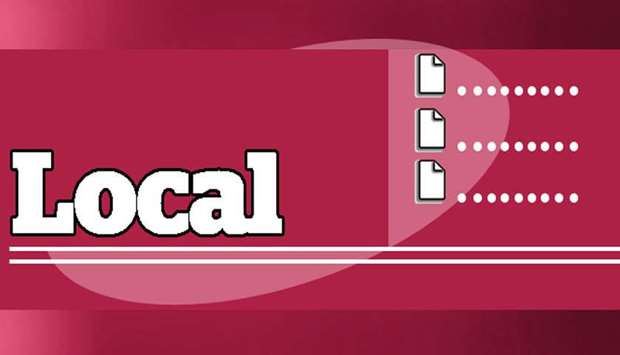Brent is expected to average $65 this year against $71.8 in 2018, thus leading the Gulf Co-operation Council (GCC) economies to slow down to 2% in 2019 compared to 2.3% estimated for the previous year, according to the Institute of International Finance (IIF).
The US-based economic think-tank said the GCC countries need to continue pursuing deeper structural reforms to strengthen the business climate and competitiveness to empower the private sector to achieve higher and sustainable growth.
“Timely implementation of the reform agenda will facilitate diversification away from oil. Laws and regulations governing business and investment should be revamped to draw on best practices in successful emerging economies and promote fairness, transparency, and predictability,” it said.
The expansionary fiscal policy in the GCC will continue to drive non-oil growth, as fragile investment sentiment and regional tensions continue to hinder growth of the private non-oil sector.
While a modest fiscal expansion is justified in the short term, consolidation efforts should resume over the medium term, it said.
Following the recovery to 2.3% in 2018, “we expect overall growth to moderate to 2.0% in 2019, dragged down by compliance with the recent Opec+ deal to cut oil production from October 2018 levels starting January 2019,” it added.
IIF highlighted that high oil prices in 2018 enabled temporary improvements in the external and fiscal positions.
“We see the aggregate current account surplus declining from $153bn in 2018 to $86bn in 2019 due to lower oil prices and export volumes,” it said.
Expecting the aggregated fiscal deficit to widen again from 1.4% of GDP (gross domestic product) in 2018 to around 4% in 2019 and 2020, and the public debt to rise to 45% of GDP by 2020; IIF said the authorities in the region will continue relying on international and domestic borrowing to fund their deficits.
It said the consolidated public foreign assets of the GCC will continue to rise to about $2.8tn by 2020 (165% of GDP).
About half of these assets are managed by sovereign wealth funds with diversified portfolios of public equities and fixed income securities. The other half is in the form of official reserves and is invested in liquid assets, according to the IIF.

local
